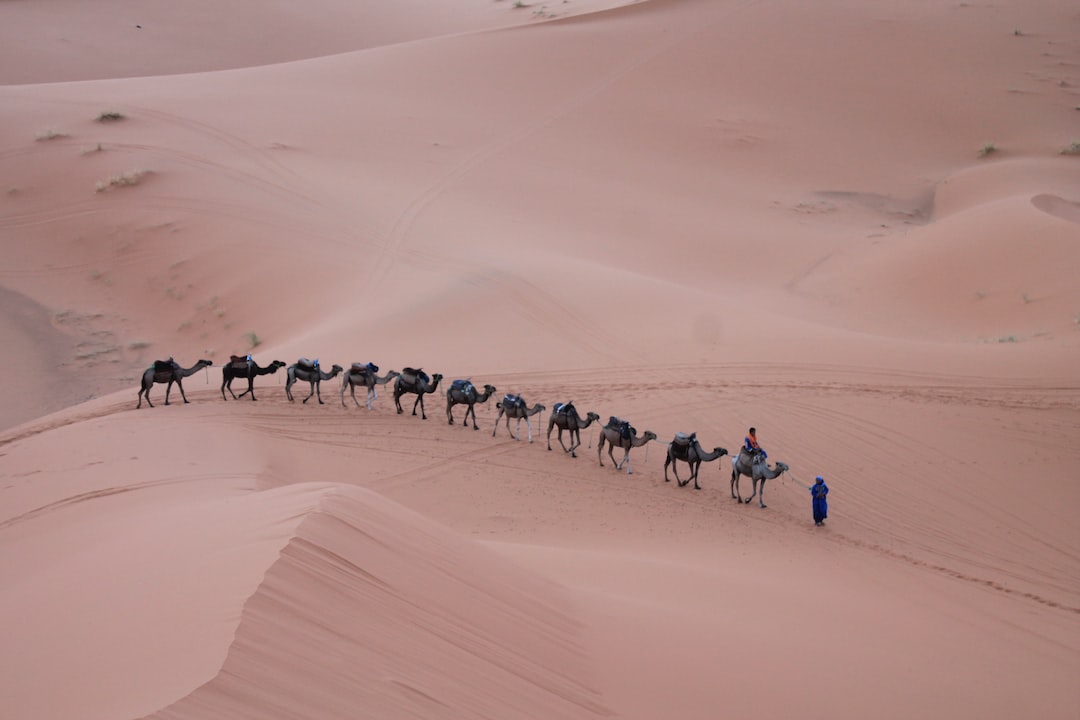Best Camping Spots for Stargazing
Camping under the stars is a magical experience that allows us to disconnect from technology and immerse ourselves in the beauty of nature. And what better way to enhance this experience than by camping in a spot with breathtaking views of the night sky? If you are a stargazing enthusiast or simply looking for a unique camping experience, here is a list of the best camping spots for stargazing.
1. Death Valley National Park, California, USA:
Known for its dark skies and minimal light pollution, Death Valley National Park offers some of the clearest views of the stars. With vast open spaces and little human interference, you can marvel at the Milky Way and countless constellations from any campsite within the park. Mesquite Springs Campground and Emigrant Campground are popular choices for stargazers in this otherworldly desert landscape.
2. Jasper National Park, Alberta, Canada:
Nestled amidst the stunning Rocky Mountains, Jasper National Park is a paradise for nature lovers and stargazers alike. With its designated Dark Sky Preserve status, the park ensures minimal light pollution, making camping here a stargazing delight. Whistlers Campground and Wapiti Campground are highly recommended for breathtaking views of the night sky, with the added bonus of beautiful surrounding landscapes during the day.
3. NamibRand Nature Reserve, Namibia:
Located in the heart of the Namib Desert, the NamibRand Nature Reserve is one of Africa’s most remote and undisturbed locations. With its vast desert plains, towering sand dunes, and cloudless nights, this reserve offers unparalleled stargazing opportunities. Campsites like Wolwedans Dune Camp and Sossus Dune Lodge provide an unforgettable experience, allowing you to witness the stars in a truly unique and secluded setting.
4. Aoraki Mackenzie International Dark Sky Reserve, New Zealand:
Recognized as a Dark Sky Reserve, Aoraki Mackenzie is a must-visit destination for stargazers. Located in the South Island of New Zealand, this reserve boasts some of the darkest skies in the world. Lake Pukaki is a popular spot for camping, offering stunning views of the Southern Cross and the Magellanic Clouds. Set up your tent here and prepare to be awestruck by the celestial wonders above.
5. Natural Bridges National Monument, Utah, USA:
Famous for its stunning natural stone arches, Natural Bridges National Monument also offers incredible stargazing opportunities. With one of the darkest skies in the United States, this park is a designated International Dark Sky Sanctuary. The Horsecollar Ruin Campground is a fantastic spot for stargazers, allowing you to camp amidst ancient ruins while gazing at the glittering night sky.
6. Westhavelland Nature Park, Germany:
For stargazers in Europe, Westhavelland Nature Park in Germany is an ideal destination. This park holds the official title of Germany’s first International Dark Sky Park. With limited light pollution and open landscapes, you can enjoy clear views of constellations such as Orion and the Andromeda Galaxy. Be sure to visit Gülper See, a popular camping spot within the park, for an unforgettable stargazing experience.
7. Lake Tekapo, New Zealand:
Another gem in New Zealand, Lake Tekapo is renowned for its crystal-clear night skies. Set against the stunning backdrop of the Southern Alps, this picturesque lake offers panoramic views of stars and galaxies. The Lake Tekapo Motels and Holiday Park is a popular choice for camping enthusiasts, providing access to nearby observatories and hot springs for a truly immersive stargazing experience.
8. Torrance Barrens Dark-Sky Preserve, Ontario, Canada:
Located just outside of Toronto, the Torrance Barrens Dark-Sky Preserve offers a remarkable escape from the city lights. Designated as the world’s first permanent dark-sky reserve, this tranquil camping spot provides unobstructed views of the cosmos. With its primitive campsites, you can truly disconnect from the world and fully immerse yourself in the wonders of the night sky.
Camping in these carefully selected spots guarantees an enchanting stargazing experience. Whether you are an avid astronomer or simply seeking tranquility under the celestial canopy, these camping sites offer an escape from light pollution and a chance to connect with the vastness of the universe. So prepare your camping gear, set up your tent, and let the stars guide you to an unforgettable adventure. Happy stargazing!





